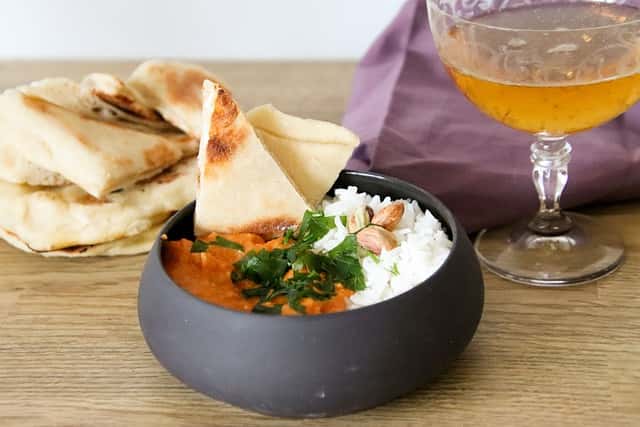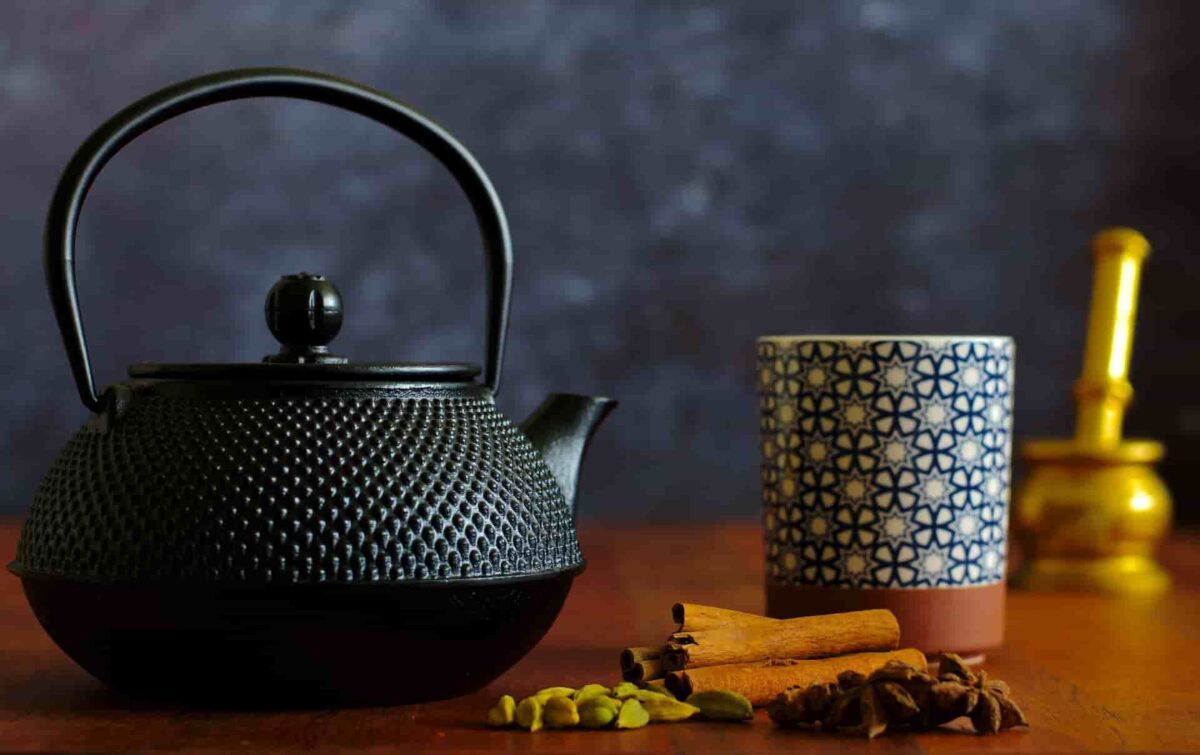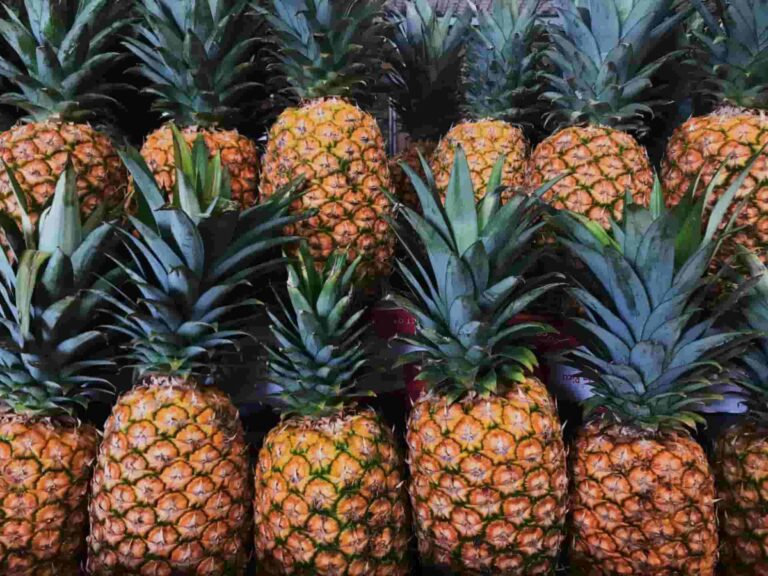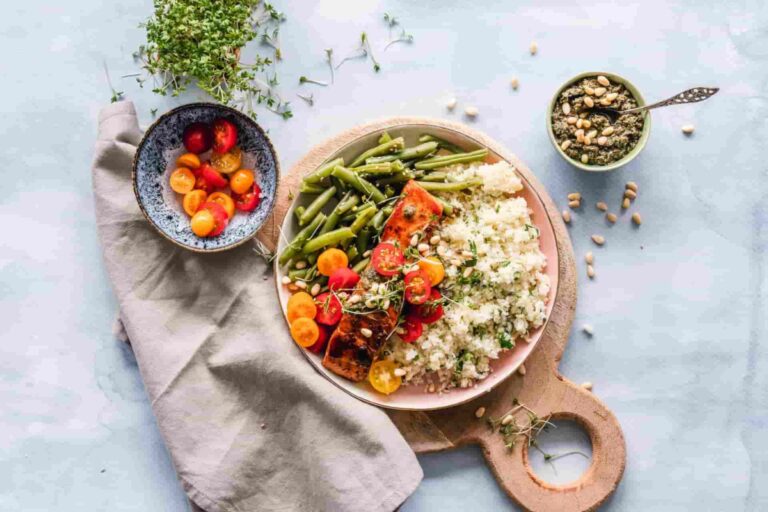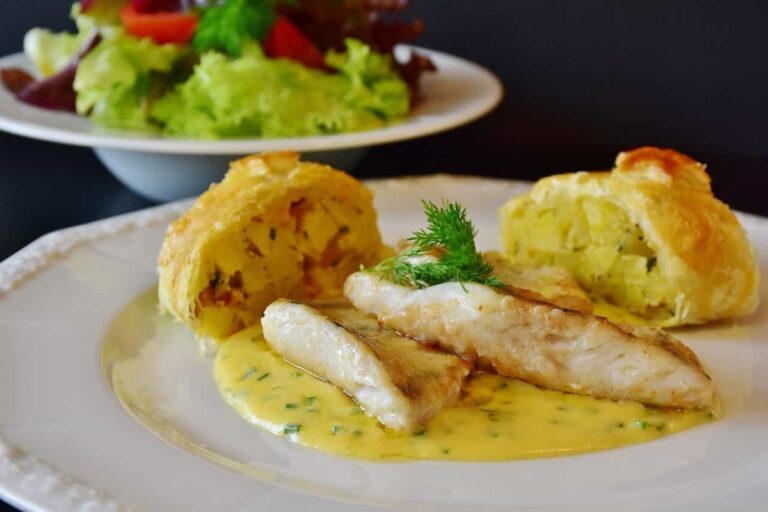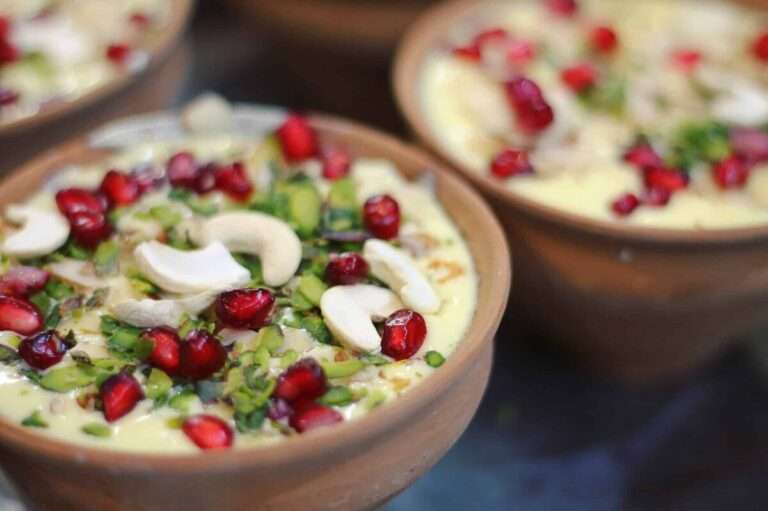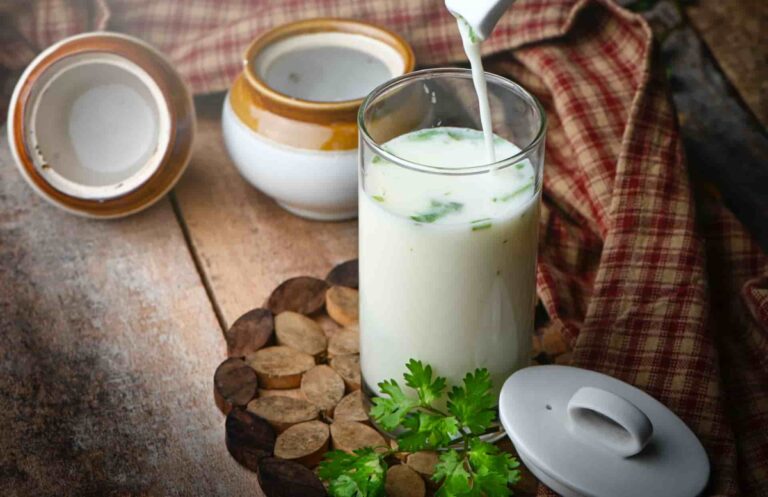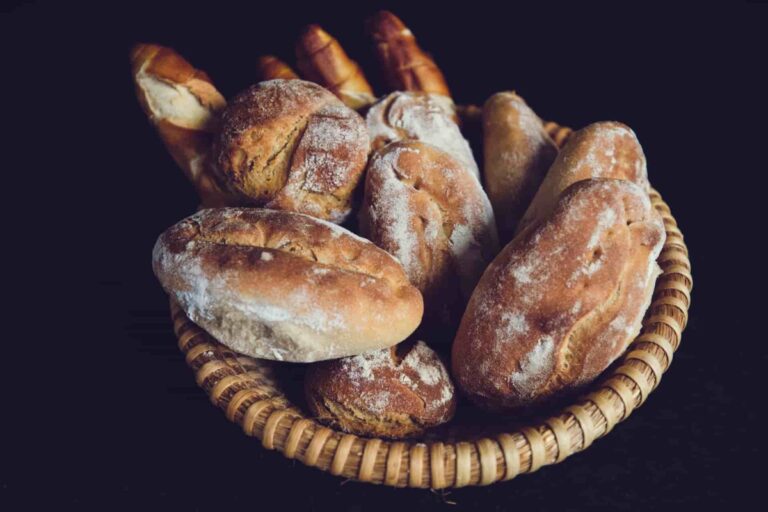Cardamom 101- kitchen insights just for you
Did you know that cardamom is one of the most expensive spices in the whole world?
- After saffron and vanilla, the most costly spice on the market is cardamom, which comes in at number three overall.
- The cardamom pods may be either black or green in colour. Genuine cardamom is the kind most often known as “cardamom.” It is included in a wide variety of traditional Indian meals, including biryani, kheer, and curry. On the other hand, black cardamom is often used in naturopathic practice. Because it has a less distinct flavour and a more sour taste than green cardamom, it is not often used in sweet dishes. This is one reason why.
- Cardamom most likely originated in southwest India, which is also the location of a region that is still referred to as the Cardamom Hills today. On the other hand, black cardamom originates from China and the eastern Himalayas. Cardamom is now cultivated all over the globe, anywhere the environment is suitable for it. Cardamom continues to be one of the most commonly used spices in traditional Indian cooking.
- More than 4,000 years have passed since cardamom was first used. It is derived from a number of plants in the ginger family and has a flavour profile that is often hot and somewhat sweet. The ancient Egyptians made use of cardamom in their ceremonies, and later on, the Greeks and Romans included it in their oils and fragrances.
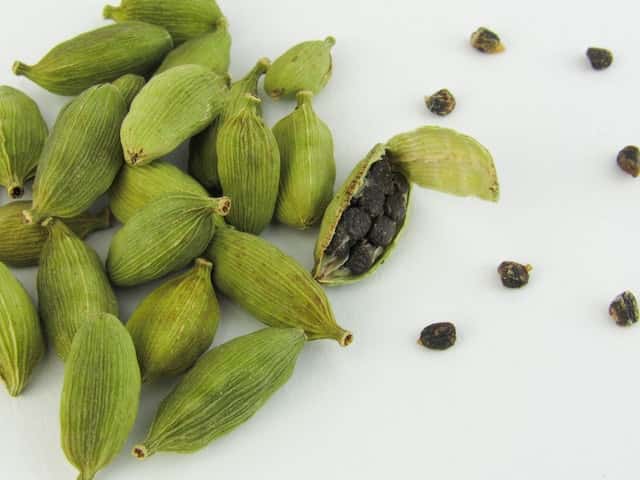
Cardamom nutrition values and health benefits
- Experts in conformity Cardamom contains traces of several minerals, including manganese, selenium, zinc, iron, and magnesium. Other essential nutrients include pyridoxine, which is a B vitamin; calcium; potassium; and vitamin C. There is a possibility that it also contains trace levels of protein, dietary fibre, and essential fatty acids.
- It was believed that cardamom had qualities that may protect against infections. Antibiotics, on the other hand, have been proven to have negative side effects, such as the suppression of beneficial bacteria in the intestines, in contrast to herbal remedies that have been used for centuries to combat bad bacteria. Although spices like cardamom may not be as consistently potent as others, they do block infectious bacteria but not probiotics, which are helpful to human health.
- Cardamom contains a number of different chemicals, some of which have been shown to have potential anti-inflammatory and antioxidant effects. A recent study reveals that the extracts of black pepper and cardamom may assist in the process of constructing a healthy immune system. According to the findings of recent studies, these qualities act as a shield against the inflammatory and oxidative stress that are brought on by an unhealthy weight and diet.
- As a treatment for digestive issues, cardamom has a long history of usage in traditional medical practises such as Ayurveda, Chinese medicine, and the Unani system. It is possible that it has stomachic and carminative qualities. Cardamom has a component called cardamom methanolic extract, and it’s the one that may aid in managing gastrointestinal discomforts including acidity, flatulence, and stomach cramps.
- Studies conducted in laboratories have shown that cardamom may help regulate glucose and insulin levels by inhibiting the enzymes that are responsible for digestion. The inactivation of these enzymes leads to a decrease in the digestion of both carbohydrates and protein. Cardamom may potentially alleviate inflammation and oxidative stress in hyperlipidemic, obese pre-diabetic women, according to the findings of a recently published study on the subject.
- Cardamom was often used by ancient cultures as a remedy for a wide range of oral problems. Additionally, it may be found as a component in the classic mouth rinse that is used to eliminate dental plaque. In addition to this, cardamom could contain antibacterial qualities, which would make it useful in the fight against tooth cavities. Both the pods and the seeds of the cardamom plant may be eaten to freshen one’s breath, and the essential oil of the cardamom plant is a common component of chewing gum.
- There is some evidence to suggest that cardamom is good for the liver. According to the findings of several studies, cardamom extracts may exhibit hepatoprotective qualities in individuals who suffer from high cholesterol levels, raised triglyceride levels, and inflammation of the liver. These extracts may also have the ability to reduce the risk of developing liver disorders.
- It is claimed that cardamom has qualities that may help alleviate depression. Its essential oil is one of the primary oils used in aromatherapy, and human studies have shown that it may be a good option for those who are looking for a way to deal with stressful situations.
- Evidence also demonstrates that breathing cardamom essential oil increases blood circulation and oxygen intake during physical activity. This was shown to be the case when the oil was inhaled. It was discovered that the extract of the spice has components that have the potential to prevent the blood from clogging the arteries, which may lead to issues such as a heart attack or stroke.
- Cardamom may have been used historically as a treatment for nausea and may have been able to subdue the sensation of needing to throw up. It has been reported that consuming cardamom powder might lower the intensity of nausea and vomiting experienced during pregnancy.
100g of cardamom has 311 calories(1301kj), 11g protein, 7g fat, and 68g carbs including 28g fibre.
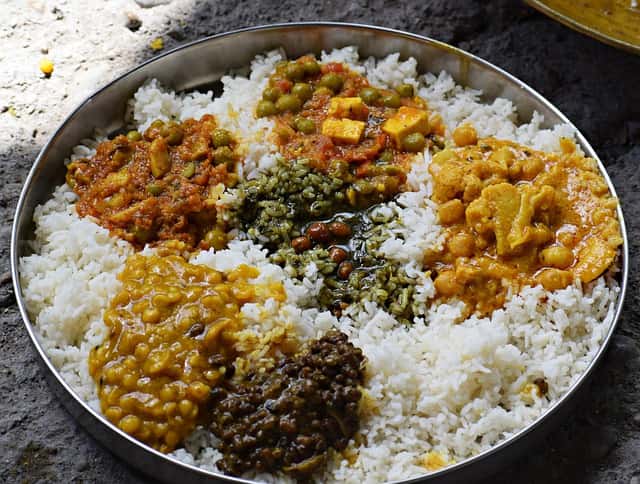
How to store cardamom and how to buy them
- Cardamoms have a very long shelf life since they are often sold as a dry spice. You will get the most possible benefit from the spice so long as it is stored in an area that is protected from adverse circumstances. The ground form of cardamom has a lower shelf life than the raw form.
- Cardamom pods that have been dried out may be kept anywhere in the kitchen at room temperature. As long as they are positioned in advantageous areas, they will continue to function well. Continue reading this post and you will find out all there is to know about your favourite seasoning. You should store your fragrant cardamom in your house in the various locations listed below.
- Cardamoms will remain fresh indefinitely provided that they are kept in a dry and cold environment. Either the cardamom pods have been pulverised or they are in their unprocessed state. They do best in a location that is both chilly and dry. They are not going to go bad. After the “best by” date, the cardamom seeds are the only component that will begin to lose their taste.
- Be careful to keep your spices in airtight containers once you’ve used them. Your spices won’t benefit from being exposed to the air and other elements. Always store them in containers that are sealed to prevent any contact with air. Your spices will remain fresh for a longer period of time if you do this. Mould growth on food items is exacerbated when they are allowed to be exposed to the air. Therefore, check to see that the lids on your containers fit snugly.
- Sunlight and moisture are the two things that pose the greatest threat to spices like cardamom. The exposure to sunshine and moisture will hasten the rate at which the cardamoms deteriorate, regardless of whether they are in ground or raw form. The cardamoms will get wilted if they are exposed to sunshine. Additionally, the taste of the spice is lost more rapidly than that of other similar products.
- You only need to place the spice in an airtight container and freeze it. Cardamoms that are stored in the freezer have a shelf life that is much greater than that of cardamoms that are kept at room temperature. Cardamom that has been frozen will not have the same vibrant taste as cardamom that has been freshly ground. This is a disadvantage of using frozen cardamom.
- The crushed cardamoms have a shelf life that is somewhat less than the raw cardamom. This seasoning produces an oil on its own. Even if the cardamom seeds are kept in airtight containers or other storage methods, the oil will still be extracted from the powdered form of the seed. The ground cardamoms have a shelf life of around eight to nine months if they are stored properly.
- On the other hand, the raw cardamom has a fairly long shelf life. Even if stored at room temperature, they are still excellent for two to three years. This is only valid if the spice is kept in the appropriate conditions and all necessary safeguards are taken. Even a longer shelf life is provided by the frozen cardamom. They will remain edible for between three and four years if stored in the freezer.
- It is not uncommon for spices like cardamom to become rancid. They will only go bad if they are exposed to situations that are adverse. Aside from that, they are OK even when left at room temperature. They retain their taste and scent right up to the expiration date that is printed on the container, after which they begin to deteriorate. The following symptoms are present in cardamom that has gone bad.
- Bad and rotting cardamom is the consequence of the seeds becoming any colour other than their natural one.
- If the cardamom pods have lost their shape and consistency, they are no longer safe to ingest. Only use the ones that are crunchy.
- Check to see that the cardamoms you are using don’t have any off flavours or anything else like that. Throw away the spice immediately if you detect any strange odours coming from it.
- Do not use the ground cardamom if there is any form of mould or oil present in the cardamom.
- If you find that the cardamom does not have a flavour that reaches your taste receptors, then the spice has been sitting around for quite some time. So get rid of it as well.
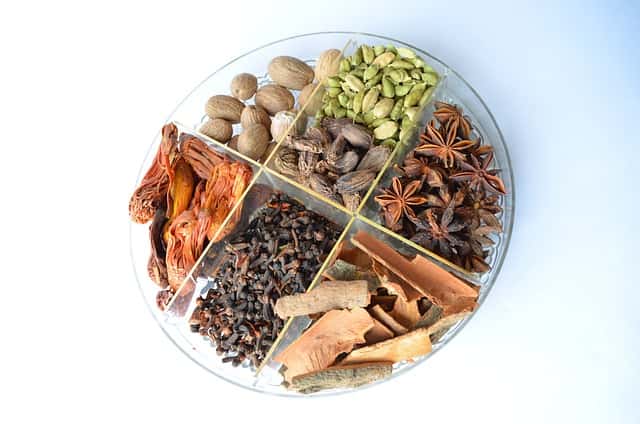
Cooking techniques, secrets, and tips from the kitchen
- When making a dish that calls for cardamom, it is best to start with the pods whole and then mill your own powder from the seeds after the dish is through cooking. Roasting the pods in a skillet over medium heat is the first step in accomplishing this goal. Both the flavour and the ease with which the bottle may be opened are improved as a result of this change. Take the seeds out of their pods and, if you so wish, continue to pound them by hand in a mortar and pestle. Remember to save the spent pods somewhere safe, as they may come in handy for making a cup of tea or coffee at a later time.
- When you create ice cream the next time, consider adding some flavouring to it. If you’re creating the foundation for ice cream, consider subbing in some cardamom the next time instead of the vanilla. If you want the greatest flavour, you should be cautious when you break the cardamom pod and then let the seeds soak in the milk. Wait until everything has cooled down before straining. Prepare the ice cream in accordance with the procedures indicated by the manufacturer.
- Cardamom seeds are contained inside a pod, which must be disassembled in order to access them. Put the seeds and a teaspoon of sugar in a mortar and pestle, and grind them together until the sugar is completely incorporated. To create a powdered combination that is light and airy, mill the ingredients until they are very fine. Sugar flavoured with cardamom may be used to flavour drinks as well as baked goods.
- Cardamom is a spice that is often used as a seasoning, and it goes particularly well with savoury dishes. Cardamom pods that have been split open and a cinnamon stick in a tomato-based sauce for chicken are fantastic ways to spice up your dish. You will end up with a unique dish that is not in any way too sweet after it is all said and done.
- Cardamom is an essential ingredient in the cooking of a wide variety of dishes that are native to or influenced by India, including curry dishes, kheer (an Indian rice pudding), and tea. Cardamom is a kind of spice that may be found in a variety of Indian spice blends, including garam masala.
- Cardamom is also used in the preparation of baked products like cookies, bread pudding, and even cheesecake, where it imparts a flavour that is both warm and rich. At some point in history, cardamom made its way to Scandinavia, where it is now widely used in a variety of baked specialties, including, but not limited to, Finnish Pulla and Julekaka, amongst others (a Norwegian Christmas bread).
- If you want to give a traditional dish a savoury touch, try using it as an ingredient in dry rubs for meat or in soups. The recipe for cardamom maple salmon is another illustration of how the sweet and spicy flavour profile of cardamom can be used in a wide range of cuisines and applications.
- Because cardamom has such a complex flavour, finding an ingredient that can adequately replace it may be a challenging task. Cinnamon, along with a few other warm, autumnal spices, may be used together to produce a flavour that is reminiscent of the original, and this is something that we suggest doing in a rush. You may get a flavour that is both warm and spicy by mixing equal amounts of cinnamon with equal portions of ground nutmeg, ginger, or cloves.
- Cardamom pairs well with a wide range of meals, including poultry, red meat, lentils, oranges, rice, and other warm spices like cinnamon and nutmeg. It also works well as a stand-alone spice. Cooking with it yields delicious results, among other things, in dishes such as curries, teas, baked goods, and sausages.
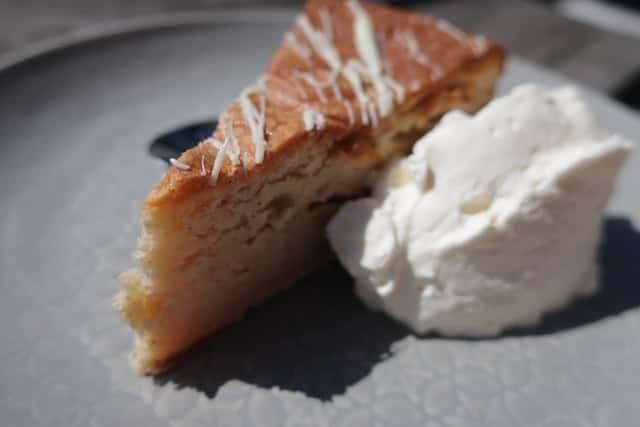
History of cardamom from the beginning until today
- The cultivation of cardamom extends back thousands of years, and in ancient Sanskrit documents, the spice has been referred to as ela. Trade in cardamom spread across land routes and the interconnected Persian Gulf route controlled from Dilmun as early as the third millennium BCE, Early Bronze Age, into western Asia and the Mediterranean world. This occurred as early as the beginning of recorded history, when the Babylonians and Assyrians realised that cardamom had medicinal properties.
- The Ancient Greeks placed a high value on cardamom, as shown by the fact that both Dioscorides and Hippocrates wrote about the spice’s medical properties and acknowledged its role as an aid to digestion in their respective works.
- Cardamom was one of the spices that could be brought into Alexandria without paying an import charge in the year 126 CE since there was such a great demand for it in ancient Greece and Rome. As a result, the trade in cardamom developed into a wealthy luxury business.
- Cardamom, along with other spices such as pepper, cloves, and cinnamon, were traded with merchants from the Levant in exchange for salt and animal goods during the Middle Ages in Venice, which became the most important importer of cardamom into the Western world at that time. Other spices included cloves, pepper, and cinnamon.
- Amomum had a vital role in the Chinese economy during the Song Dynasty (960–1279). This era of Chinese history spans from 960 to 1279. In 1150, Muhammad al-Idrisi, an Arab geographer, made the observation that cardamom was being carried to Aden, Yemen, from India and China. He considered this to be the first time that such an event had been documented.
- Later, when they conquered the western coast of India in the 16th century, the Portuguese were involved in the trade. Despite this, the industry did not become of substantial interest to Europeans on a wide scale until the 19th century.
- According to Nair (2011), even in years when India produces a good crop, India is still less productive than Guatemala in terms of agricultural production. This is because India has a larger population. Nations such as Costa Rica, El Salvador, Honduras, Papua New Guinea, Sri Lanka, Tanzania, Thailand, and Vietnam are among those that produce substantial amounts of coffee. Other countries that produce coffee include:
